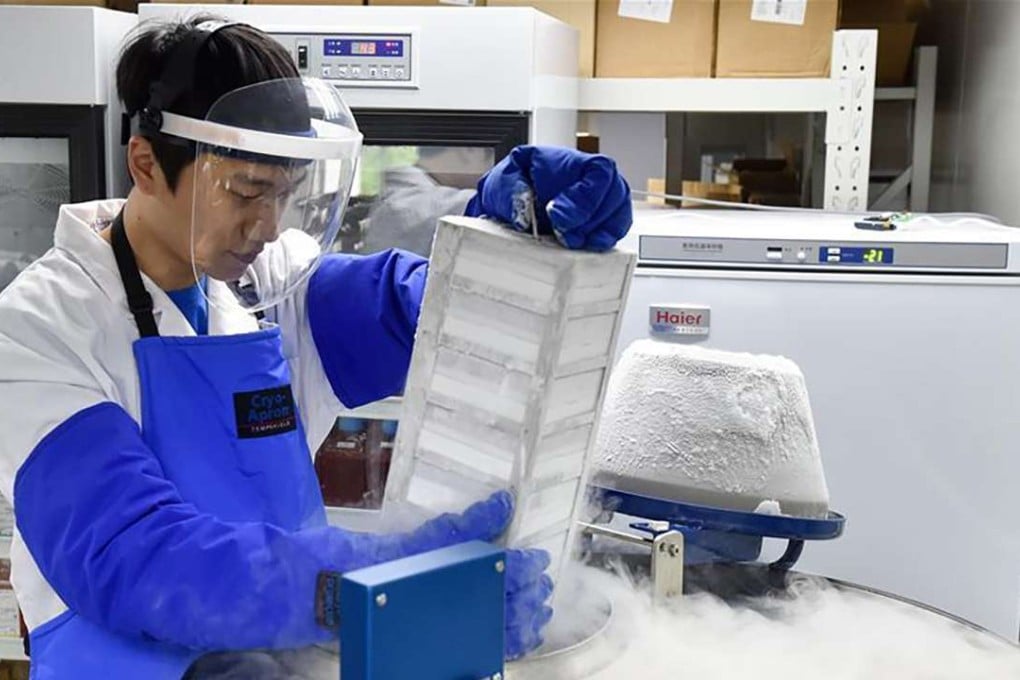China opens first national gene bank, aiming to house hundreds of millions of samples
Data previously stored in facilities in US, Japan and Britain now gathered under single roof

China’s first national gene bank, claimed to be the largest of its kind in the world, officially opened on Thursday to store and carry out research on hundreds of millions of genetic samples.
The centre, dubbed China’s Noah’s Ark by mainland media, aims to collect 300 million genetic samples at its base in Shenzhen when all two phases are complete
The much anticipated platform is to preserve, manage and utilise the genome data and biological samples of Chinese characteristics.
With an investment of 780 million yuan (HK$900 million) for phase one, the China National GeneBank was the fourth of its kind after similar centres in the United States, Britain and Japan, People’s Daily reported. China’s bank will share data with the other three.
“We hope to make the gene bank China’s, and even the world’s, biggest biological information data centre, like Google but in the field of life and health data,” Mei Yonghong, the director of the centre, was quoted as saying.